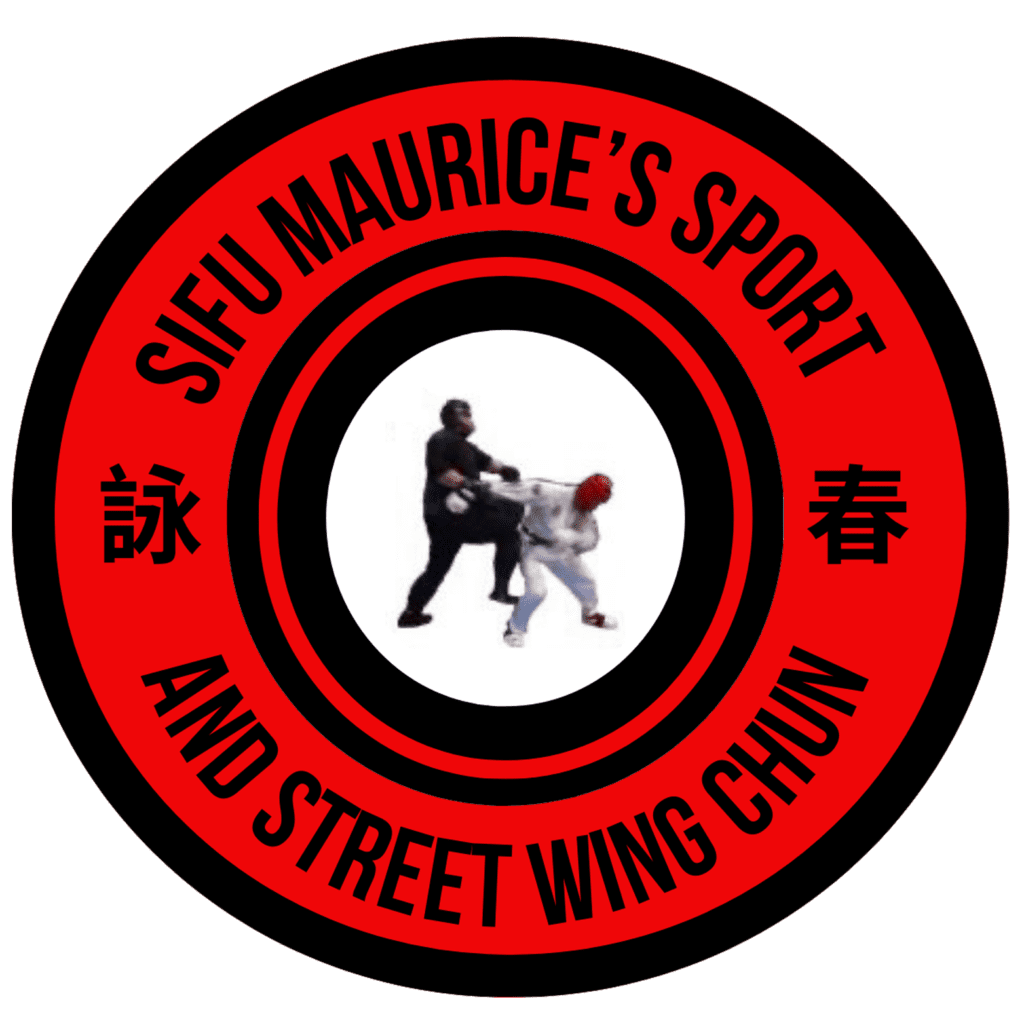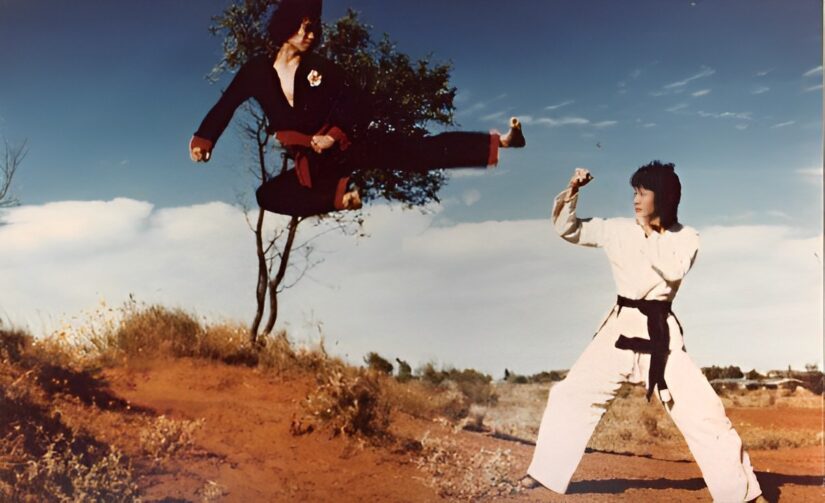What is Korean Martial Arts Called? Exploring the Unique World of Traditional Korean Martial Arts
By Maurice Novoa a master under the Yuen Kay Shan, Ip Man and Pan Nam lineages.
Introduction:
Are you curious about the martial arts that hail from the land of Korea? As an experienced martial arts instructor with over 30 years of experience, I am excited to take you on a journey through the diverse and dynamic world of Korean martial arts. Join me as we explore the unique techniques, philosophies, and cultural significance of these time-honored practices.
1. Understanding Korean Martial Arts: The Essence of Taekwondo
Korean martial arts, often referred to as “Gukgi” in Korean, have a rich history deeply intertwined with the country’s culture and traditions. Among the various Korean martial arts, the most renowned and widely practiced is Taekwondo. Taekwondo, meaning “the way of the foot and fist,” is a modern martial art that emerged after Korea’s liberation from Japanese occupation.
2. The Origins of Taekwondo: A Fusion of Traditional Korean Arts
Taekwondo’s roots can be traced back to Korea’s ancient martial arts traditions, such as Taekkyeon and Hwa Rang Do. Taekkyeon is an ancient Korean martial art characterized by fluid and rhythmic movements, while Hwa Rang Do was a warrior group in ancient Korea that practiced various combat techniques.
During the 20th century, efforts were made to unify and modernize various Korean martial arts, leading to the establishment of Taekwondo as the official martial art of Korea in 1955.
3. The Tenets of Taekwondo: Courtesy, Integrity, Perseverance, Self-Control, and Indomitable Spirit
Taekwondo is more than just a physical practice; it also instills important life values in its practitioners. The five tenets of Taekwondo—courtesy, integrity, perseverance, self-control, and indomitable spirit—are central to the philosophy of the martial art. These principles guide practitioners not only in their training but also in their daily lives.
4. Dynamic Kicks and Powerful Strikes: The Essence of Taekwondo Techniques
One of the defining characteristics of Taekwondo is its emphasis on dynamic kicking techniques. Practitioners learn a wide array of kicks, including front kicks, side kicks, roundhouse kicks, and spinning kicks. Taekwondo’s high, fast, and powerful kicks have garnered attention worldwide, making it a favorite martial art in the Olympics.
Aside from its impressive kicks, Taekwondo also includes various hand strikes, blocks, and grappling techniques, providing practitioners with a comprehensive skill set for self-defense.
5. Taekwondo in Modern Times: A Global Phenomenon
Since its inception, Taekwondo has rapidly gained popularity around the world. It has become a global martial art and a competitive sport, attracting practitioners of all ages and backgrounds. Taekwondo’s inclusion in the Olympic Games since 2000 has further bolstered its international appeal and recognition.
6. The Influence of Taekwondo on Popular Culture
Taekwondo’s rise to prominence has had a profound impact on popular culture. It has been featured in numerous movies, TV shows, and video games, showcasing its dynamic and impressive techniques to a broader audience. The iconic flying and spinning kicks of Taekwondo practitioners have become synonymous with martial arts in the media.
7. The Diversity of Korean Martial Arts: Beyond Taekwondo
While Taekwondo is the most well-known Korean martial art, Korea has a rich tapestry of other traditional styles as well. Some lesser-known Korean styles include Hwa Rang Do, Tang Soo Do, and Hapkido. Each of these arts carries its unique characteristics and techniques, representing the cultural heritage of Korea.
8. Hapkido: The Way of Harmony and Unity
Hapkido, meaning “the way of harmony and unity,” is a Korean martial art that incorporates joint locks, throws, and strikes. It emphasizes circular movements and the redirection of an opponent’s energy, similar to Aikido. Hapkido’s techniques are designed to neutralize an opponent’s attacks and counter with swift and precise movements.
9. Tang Soo Do: The Art of the Chinese Hand
Tang Soo Do, meaning “the art of the Chinese hand,” is a Korean martial art that incorporates elements of Taekkyeon, Shotokan Karate, and Subak. It places emphasis on both hand and foot techniques, combining powerful strikes and graceful movements. Tang Soo Do practitioners train to develop physical fitness, self-discipline, and mental focus.
10. The Cultural Significance of Korean Martial Arts
Korean martial arts not only contribute to physical fitness and self-defense skills but also hold cultural significance in Korean society. Martial arts schools, known as “Dojang,” are places where discipline, respect, and honor are instilled in students. The training also plays a role in preserving and passing down traditional Korean values to future generations.
11. The Enigmatic World of North Korean Taekwondo
In the realm of Korean martial arts, an intriguing and lesser-known version of Taekwondo exists within North Korea. However, due to the complex political situation and tensions between North and South Korea, this powerful form of Taekwondo remains shrouded in mystery and largely cut off from the global community.
12. The Impact of the Korean War: Divided by Conflict
The Korean War, which took place from 1950 to 1953, resulted in the division of the Korean peninsula into North and South Korea. Since then, the two nations have followed different paths, and their martial arts practices have also evolved independently.
13. The Rise of North Korean Taekwondo: A Different Path
In North Korea, Taekwondo developed its own unique form, which reflects the nation’s political ideology and cultural identity. Often referred to as “North Korean Taekwondo” or “Choson-ot,” this version of the martial art has been shaped to align with the country’s values and principles.
14. The Intricacies of North Korean Taekwondo
While similar in some aspects to the Taekwondo practiced in South Korea, North Korean Taekwondo incorporates elements that set it apart. Its techniques and patterns may differ, reflecting the influence of North Korean ideology and military discipline.
15. Isolation and Secrecy: North Korean Taekwondo’s Limited Reach
The isolationist policies of North Korea have kept the nation largely cut off from the rest of the world. As a result, North Korean Taekwondo remains largely inaccessible to the global community. Limited opportunities for international exchanges and cross-cultural interactions have prevented the dissemination of this powerful martial art on a global scale.
16. Martial Arts as a Reflection of National Identity
The development of North Korean Taekwondo exemplifies how martial arts can become intertwined with a nation’s identity and political ideals. In North Korea, styles, including Taekwondo, serve as a symbol of strength, unity, and loyalty to the state.
17. The Quest for Unification and Collaboration
Despite the political tensions between North and South Korea, there have been efforts to promote peace, dialogue, and cultural exchange. Some organizations and individuals in the martial arts community aim to bridge the divide and promote collaboration between practitioners from both nations.
18. A Glimpse into North Korean Martial Arts
While North Korean Taekwondo remains relatively concealed from the world, a few instances have offered glimpses into its practice. Rare demonstrations during special events or military parades have given observers outside North Korea a glimpse of this enigmatic martial art.
19. The Journey Towards Unity
The journey towards unity in the realm of Korean martial arts is complex and multifaceted. As political dynamics continue to evolve, the hope remains that one day, practitioners from both North and South Korea can come together to share their knowledge, techniques, and cultural heritage.
20. Embracing the Diversity of Korean Martial Arts
Despite the separation between North and South Korea, the diversity of Korean styles, including both Taekwondo versions, continues to enrich the global community. Each version carries with it unique philosophies, techniques, and cultural significance, contributing to the richness of the broader martial arts tapestry.
Conclusion
The world of Korean fighting arts holds a multitude of mysteries, with North Korean Taekwondo standing as an enigmatic and powerful version of the widely recognized martial art. While political tensions have created barriers to its global spread, the hope for unity and collaboration remains alive.
As martial arts enthusiasts, let us celebrate the diversity of Korean fighting arts, recognizing the distinct contributions of both North and South Korea to the rich tapestry of martial arts history. Whether practicing Taekwondo, Hapkido, Tang Soo Do, or any other martial art from the Korean peninsula, let us embrace the shared values of discipline, respect, and self-improvement that unite martial artists worldwide.
Beyond Taekwondo, Korean styles encompass a diverse range of practices, each with its unique characteristics and significance. Hapkido’s focus on harmony and unity, as well as Tang Soo Do’s emphasis on the art of the Chinese hand, contribute to the cultural mosaic of Korean martial arts.
Whether you are interested in Taekwondo, Hapkido, or other Korean martial arts, exploring these disciplines offers not only physical benefits but also a deeper connection to Korea’s rich cultural legacy. So, why wait? Step into the world of Korean martial arts and discover the profound history, philosophy, and techniques that continue to inspire practitioners around the globe. Embrace the values that have shaped these arts and experience the power of unity in the diverse world of Korean martial arts.

